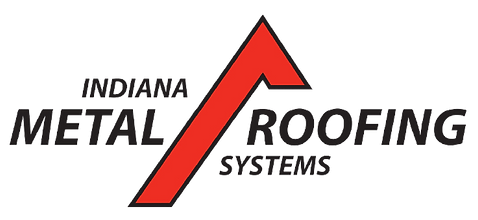Determining the Lifespan of Metal Roofing Materials
- Joseph Justice
- May 12
- 3 min read
One of the key reasons homeowners in Fort Wayne, IN turn to metal roofing is for its impressive longevity. Unlike traditional roofing materials that often degrade over time, metal roofing offers decades of reliable performance with minimal maintenance. But what exactly determines how long a metal roof will last? At Indiana Metal Roofing Systems, we believe in educating our customers on what impacts roofing lifespan and how to maximize their investment.

Average Lifespan of Metal Roofs
On average, metal roofing materials can last anywhere from 40 to 70 years, depending on the type of metal used, environmental conditions, installation quality, and maintenance. Compared to asphalt shingles, which typically last 15 to 20 years, metal is a clear winner in long-term durability.
Certain metals offer longer lifespans than others:
Aluminum: 40–50 years
Galvanized Steel: 40–60 years
Galvalume Steel: Up to 70 years
Copper and Zinc: 70–100+ years (premium materials)
These figures are not just marketing promises—they reflect real-world performance when the roof is installed and maintained properly.
Factors That Influence Metal Roof Longevity
1. Material Type
As noted above, the type of metal plays a major role in how long your roof lasts. For example, aluminum resists corrosion very well, making it ideal for wet climates, while Galvalume steel offers enhanced longevity through its specialized coating.
2. Coatings and Finishes
Paint and protective coatings not only add aesthetic appeal but also protect the underlying metal from rust, UV damage, and environmental wear. High-quality finishes, especially those with Kynar 500® or Hylar 5000® resins, extend the life of the roof significantly.
3. Installation Quality
Proper installation is critical. Even the most durable materials can fail prematurely if installed incorrectly. At Indiana Metal Roofing Systems, our experienced crews follow best practices to ensure each seam, fastener, and flashing is sealed tight and aligned correctly for optimal performance.
4. Roof Design and Ventilation
Ventilation plays a key role in preventing moisture buildup, which can degrade both insulation and structural elements over time. A well-ventilated attic space helps regulate temperature and extends the life of the roof.
5. Environmental Conditions
Climate can also affect lifespan. Metal roofs in areas with frequent hail or high winds, like Fort Wayne, benefit from impact resistance and high wind ratings. However, prolonged exposure to standing water or salt (in coastal regions) may accelerate corrosion if proper coatings aren’t used.
Maintenance and Inspections
One of the many advantages of metal roofing is that it requires far less maintenance than traditional materials. However, it’s still wise to schedule regular inspections—especially after severe storms. Checking for debris, loose fasteners, or worn sealant helps prevent small issues from becoming costly problems.
With an A+ BBB rating and 5 Star Google rating, Indiana Metal Roofing Systems ensures not just excellent materials but also the support and service needed to extend the life of your metal roof.
Conclusion
Determining the lifespan of metal roofing materials involves understanding the type of metal, quality of coatings, precision of installation, and ongoing maintenance practices. When all these factors align, your roof can last for generations.
If you're investing in a long-lasting, energy-efficient, and visually appealing roofing solution, metal is a top contender. At Indiana Metal Roofing Systems, we’re here to help Fort Wayne homeowners make informed decisions and enjoy the lasting benefits of premium metal roofing.
REad also our blog: Advantages of Installing a Metal Roof on Your Home


Comments